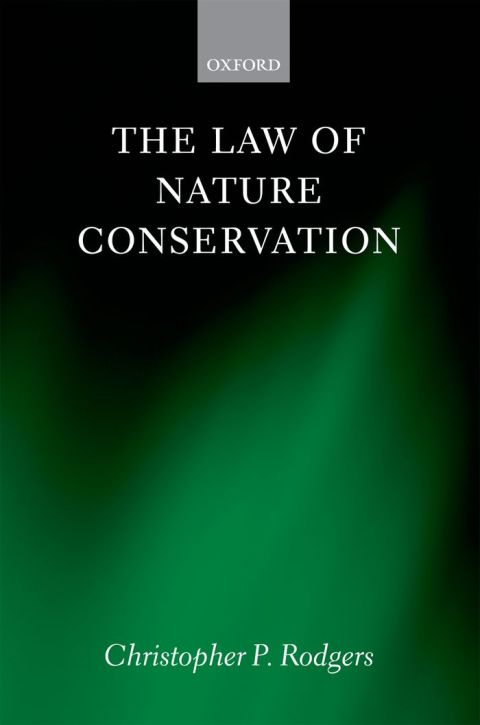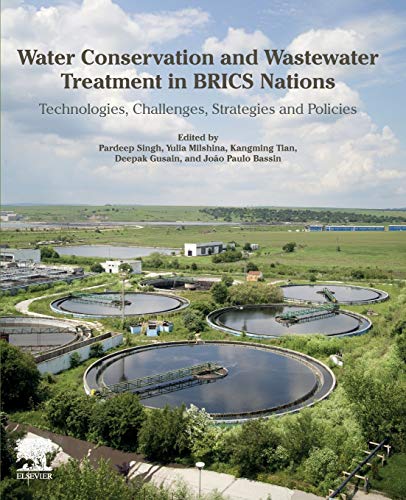Biodiversity Conservation and Environmental Change: Using palaeoecology to manage dynamic landscapes in the Anthropocene
Gillson, Lindsey
Ecosystems Today Are Dynamic And Complex, Leaving Conservationists Faced With The Paradox Of Conserving Moving Targets. New Approaches To Conservation Are Now Required That Aim To Conserve Ecological Function And Process, Rather Than Attempt To Protect Static Snapshots Of Biodiversity. To Do This Effectively, Long-term Information On Ecosystem Variability And Resilience Is Needed. While There Is A Wealth Of Such Information In Palaeoecology, Archaeology, And Historical Ecology, It Remains An Underused Resource By Conservation Ecologists. In Bringing Together The Disciplines Of Neo- And Palaeoecology And Integrating Them With Conservation Biology, This Novel Text Illustrates How An Understanding Of Long-term Change In Ecosystems Can In Turn Inform And Influence Their Conservation And Management In The Anthropocene. By Looking At The History Of Traditional Management, Climate Change, Disturbance, And Land-use, The Book Describes How A Long-term Perspective On Landscape Change Can Inform Current And Pressing Conservation Questions Such As Whether Elephants Should Be Culled, How Best To Manage Fire, And Whether Ecosystems Can Or Should Be Re-wilded.--
Biodiversity Conservation, Paleoecology, Environmental Management, Nature Conservation, Landscape Ecology
| Name in long format: | Biodiversity Conservation and Environmental Change: Using palaeoecology to manage dynamic landscapes in the Anthropocene |
|---|---|
| ISBN-10: | 0198713037 |
| ISBN-13: | 9780198713036 |
| Book pages: | 215 |
| Book language: | en |
| Edition: | Illustrated |
| Binding: | Hardcover |
| Publisher: | Oxford University Press |
| Dimensions: | Height: 6.8 Inches, Length: 9.6 Inches, Weight: 1.3448197982 Pounds, Width: 0.7 Inches |














